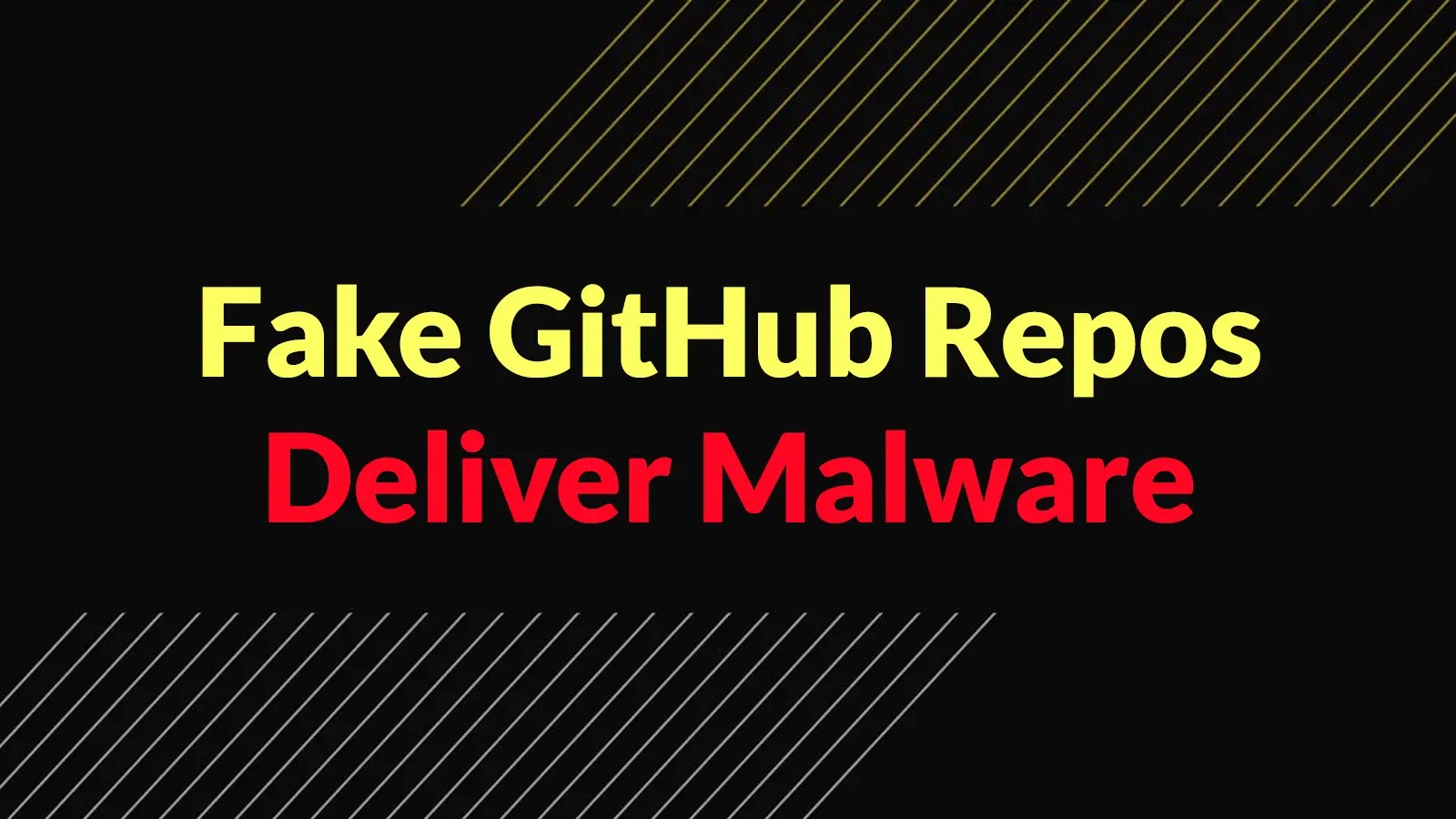
Weaponized Malwarebytes, LastPass, Citibank, SentinelOne, and Others on GitHub Deliver Malware
The Trojan Within: Weaponized Software Forks on GitHub Deliver Stealthy Malware
The trust placed in open-source platforms like GitHub has been weaponized. In recent weeks, cybersecurity teams have documented a concerning trend: threat actors are actively distributing sophisticated malware by masquerading as legitimate and widely-used software. These campaigns leverage convincing forked repositories on GitHub, impersonating critical security tools such as Malwarebytes and SentinelOne, alongside popular financial services like LastPass and Citibank. The objective? To trick unsuspecting users into downloading trojanized installers and scripts that unleash stealthy malware payloads, compromising systems from the inside out.
The Deceptive Lure: How Threat Actors Exploit Trust
The modus operandi of these attacks is simple yet effective: exploit trust. Developers, IT professionals, and even general users frequently rely on GitHub for access to open-source projects, updates, and community-driven knowledge. Threat actors capitalize on this by:
- Creating Replica Repositories: They fork genuine projects or create new ones with strikingly similar names, descriptions, and even commit histories to established, trusted brands.
- Distributing Trojanized Installers: Instead of the authentic software, these repositories host tampered executables (e.g.,
.exe,.msi), scripts (e.g., PowerShell, Python), or even container images that contain malicious code. - Leveraging Brand Recognition: By using names like Malwarebytes, LastPass, Citibank, and SentinelOne, the attackers immediately gain a psychological advantage, as users are less likely to scrutinize downloads from seemingly reputable sources.
- Stealthy Payload Delivery: The embedded malware often employs sophisticated techniques to evade detection, establish persistence, and exfiltrate sensitive data or lay the groundwork for further compromise.
The Anatomy of a Supply Chain Threat
While not a direct compromise of the legitimate software’s supply chain, these attacks represent a critical supply chain threat to users. It demonstrates how easily an attacker can insert themselves into common distribution channels. A user seeking a legitimate tool might inadvertently download a weaponized version, bypassing traditional security controls if the malicious file is sufficiently disguised. This highlights the importance of not just securing your own codebase but also verifying the provenance of any third-party software integrated into your environment.
Remediation Actions and Best Practices
Protecting against these weaponized GitHub repositories requires a multi-layered approach and heightened vigilance. Here’s how organizations and individuals can mitigate the risk:
- Verify Source Authenticity: Always download software directly from the official vendor’s website or their officially linked GitHub repositories. Avoid downloading installers from search results or third-party forks unless explicitly validated.
- Implement Strong Endpoint Detection and Response (EDR): EDR solutions like the legitimate SentinelOne are crucial for detecting anomalous behavior, unauthorized file modifications, and suspicious process executions, even from apparently legitimate software.
- Employ Static and Dynamic Analysis: Before deploying any new software, especially open-source tools, subject installers and binaries to static and dynamic analysis in a sandboxed environment to identify malicious indicators.
- Mandate Code Signing Verification: Ensure that all executable files are digitally signed and that these signatures are verified before execution. Malicious actors typically cannot replicate legitimate code signing certificates.
- Educate Users: Conduct regular training for developers, IT staff, and general employees on the dangers of untrusted software sources and how to identify suspicious downloads. Emphasize the “verify, then trust” principle.
- Leverage Threat Intelligence: Stay informed on emerging threats and indicators of compromise (IOCs) related to these weaponized repositories.
- Utilize GitHub’s Reporting Features: If you encounter a suspicious or weaponized repository, report it immediately to GitHub to help protect others.
Monitoring and Detection Tools
Effective monitoring and detection are paramount in identifying and preventing these stealthy attacks. Here’s a list of relevant tools:
| Tool Name | Purpose | Link |
|---|---|---|
| Endpoint Detection and Response (EDR) Systems | Real-time monitoring, detection, and response to malicious activities on endpoints. | Gartner EDR Overview |
| VirusTotal | Aggregates results from multiple antivirus engines and online scan services to check files or URLs for malware. | https://www.virustotal.com |
| Any.Run | Interactive online malware analysis sandbox for dynamic analysis of suspicious files and URLs. | https://any.run |
| Intezer Analyze | Code reuse analysis to quickly detect and classify malware by identifying familiar code patterns. | https://www.intezer.com/analyze |
| Digital Signatures Verification Tools | Utilities built into operating systems (e.g., signtool.exe on Windows, codesign on macOS) to verify code signing certificates. |
Microsoft Signtool |
Key Takeaways
The weaponization of GitHub repositories, impersonating trusted entities like Malwarebytes, LastPass, Citibank, and SentinelOne, underscores a growing threat landscape where attackers exploit fundamental tenets of trust. Vigilance, robust security controls, and adherence to best practices for software acquisition are no longer optional. Organizations and individuals must prioritize verifying the legitimacy of software sources, even when they appear to originate from well-known brands, to prevent their systems from becoming the next casualty of a sophisticated malware delivery campaign. The adage “trust, but verify” has never been more pertinent in the realm of cybersecurity.





